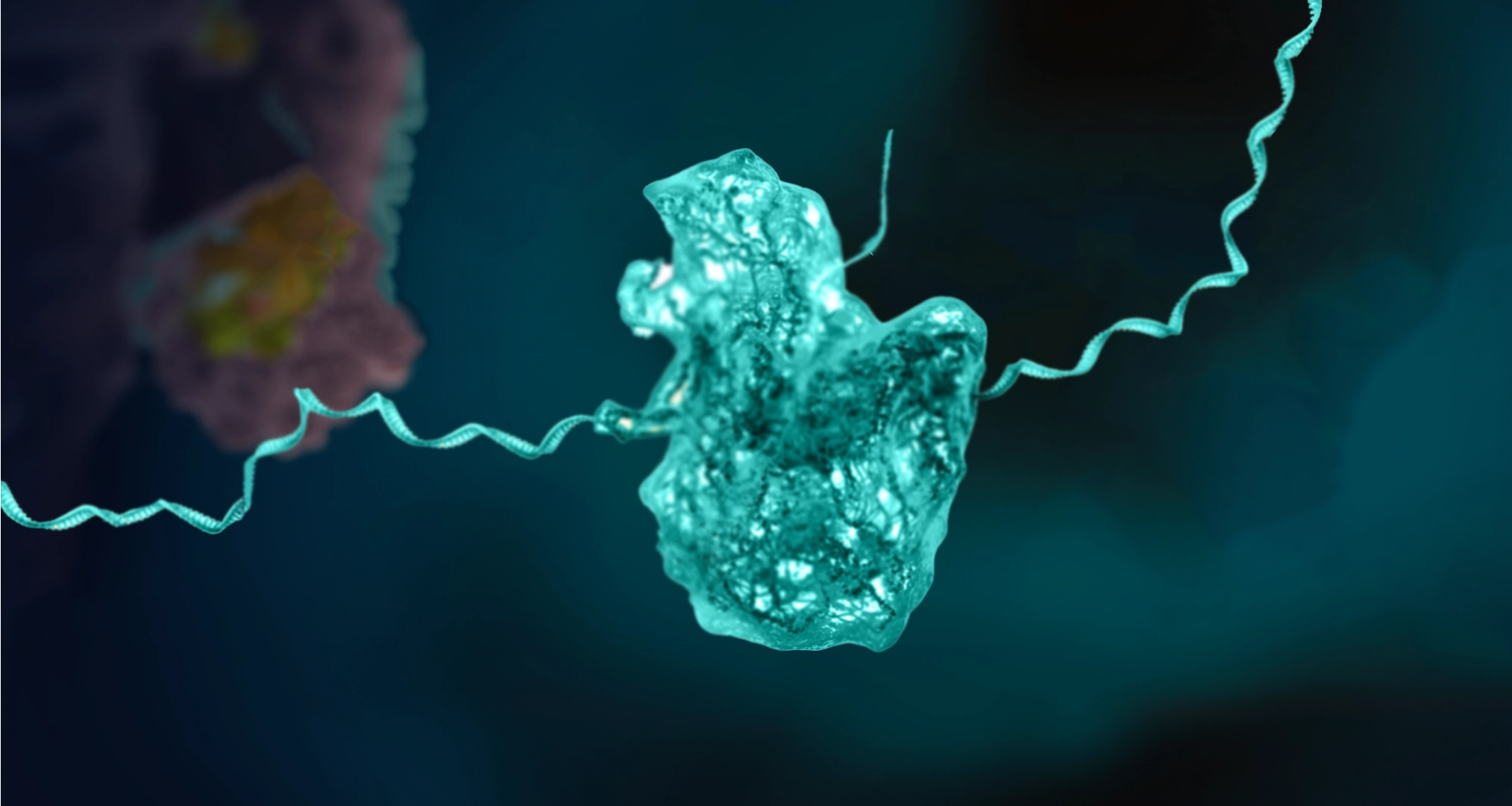Disease Mechanisms and Cellular Development
Ribosomes play a critical role at the last stages of gene expression, systematically orchestrating translation, mRNA stability, and the initiation of protein folding. Disruption of these complex processes is implicated in numerous diseases including cancer, neurological degeneration, and cardiovascular disorders. In addition, compelling studies have unveiled the dynamic intricacies of mRNA translation during embryo development, underscoring the pivotal role of maternal mRNA translation in the maternal-to-zygotic transition.
Codon optimality has emerged as an important factor in governing ribosomal dynamics across all of these processes. For example, many viruses strategically target tRNA-modifying genes to enhance viral codon optimality for increased infectivity and replication. Codon optimality also plays a pivotal role in neuronal function. Fragile X Mental Retardation Protein (FMRP) stabilizes mRNAs with optimal codons, helping to ensure proper regulation of proteins crucial for brain development. Additionally, alterations in tRNA modifications that affect codon optimality can interfere with oligodendrocyte differentiation, resulting in impaired myelin production, and leading to the neurodegeneration associated with Alzheimer’s disease.
Translational fidelity also has critical implications for cellular development. Clusters of slowly translating codons or specific amino acid chains can induce ribosomal stalling. The incidence of ribosomal stalling can vary by as much as 50% across different organs, cell types, drug treatments, and age, having profound effects on phenotype. Additionally, non-canonical translation and alternative initiation codons like CUG and GUG, intricately shape protein synthesis which can have notable effects on differentiation.

Emphasizing translational
control as a critical regulatory mechanism that shapes protein expression, disease states, and cellular phenotypes underscores the need for deep
understanding of ribosomal activity.
Immagina’s innovative solutions offer a lens to unravel the complexity of the ribosome in the final stage of gene expression, thereby providing new insights into the orchestration of cellular functions.
References
- Gebauer F, Hentze MW. Molecular mechanisms of translational control. Nature Reviews Molecular Cell Biology. 2004;5(10):827-35.
- Zhou T, Weems M, Wilke CO. Translationally optimal codons associate with structurally sensitive sites in proteins. Mol Biol Evol. 2009;26(7):1571-80.
- Pechmann S, Frydman J. Evolutionary conservation of codon optimality reveals hidden signatures of cotranslational folding. Nat Struct Mol Biol. 2013;20(2):237-43.
- Zhao F, Yu CH, Liu Y. Codon usage regulates protein structure and function by affecting translation elongation speed in Drosophila cells. Nucleic Acids Res. 2017;45(14):8484-92.
- Bazzini AA, Del Viso F, Moreno-Mateos MA, Johnstone TG, Vejnar CE, Qin Y, et al. Codon identity regulates mRNA stability and translation efficiency during the maternal-to-zygotic transition. Embo j. 2016;35(19):2087-103.
- Presnyak V, Alhusaini N, Chen YH, Martin S, Morris N, Kline N, et al. Codon optimality is a major determinant of mRNA stability. Cell. 2015;160(6):1111-24.
- Buschauer R, Matsuo Y, Sugiyama T, Chen YH, Alhusaini N, Sweet T, et al. The Ccr4-Not complex monitors the translating ribosome for codon optimality. Science. 2020;368(6488).
- Radhakrishnan A, Chen YH, Martin S, Alhusaini N, Green R, Coller J. The DEAD-Box Protein Dhh1p Couples mRNA Decay and Translation by Monitoring Codon Optimality. Cell. 2016;167(1):122-32.e9.
- Shu H, Donnard E, Liu B, Jung S, Wang R, Richter JD. FMRP links optimal codons to mRNA stability in neurons. Proc Natl Acad Sci U S A. 2020;117(48):30400-11.
- Martin S, Allan KC, Pinkard O, Sweet T, Tesar PJ, Coller J. Oligodendrocyte differentiation alters tRNA modifications and codon optimality-mediated mRNA decay. Nature Communications. 2022;13(1):5003.
- Jungfleisch J, Böttcher R, Talló-Parra M, Pérez-Vilaró G, Merits A, Novoa EM, et al. CHIKV infection reprograms codon optimality to favor viral RNA translation by altering the tRNA epitranscriptome. Nature Communications. 2022;13(1):4725.
- Zhang, C., Wang, M., Li, Y. & Zhang, Y. Profiling and functional characterization of maternal mRNA translation during mouse maternal-to-zygotic transition. Sci Adv 8, (2022).
- Hu, W. et al. Single-cell transcriptome and translatome dual-omics reveals potential mechanisms of human oocyte maturation. Nat Commun 13, 5114 (2022).
- Luoni, M. et al. Whole brain delivery of an instability-prone Mecp2 transgene improves behavioral and molecular pathological defects in mouse models of Rett syndrome. Elife 9, (2020).

